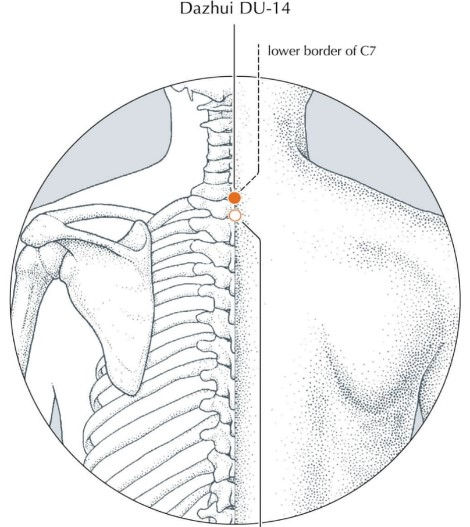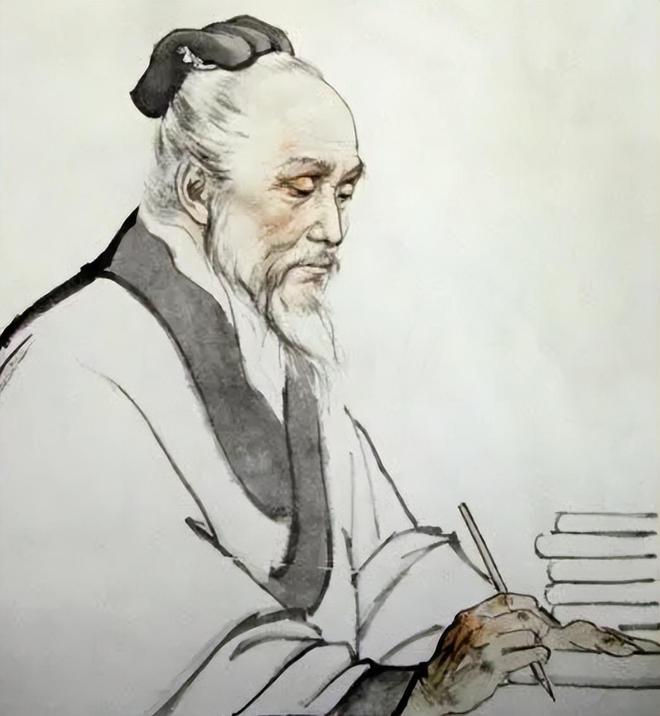Moxibustion for treating and preventing common cold – An overlooked home remedy
- Erica

- Nov 11, 2024
- 6 min read
Updated: Nov 30
(For general knowledge of Moxibustion as a therapy please see out first blog at the bottom of our Blogs page)
Winter is around the corner. The sudden dropping of temperature see lots of people fall ill. The most common illness in the Autumn and Winter season is the Cold. In Chinese medicine Cold can be divided into 5 different types and the most common one is called Wind Cold.

When catching Wind Cold, patients will initially experience one or more symptoms below such as headache, sensitivity to cold, tight and achy back, no sweat, sneezing, stuffy nose, runny nose with clear water, nausea, and lack of energy. Early treatment using moxibustion at this stage is very effective, can prevent the cold from getting worse or speed up the recovery. With minimal training, people can complete this treatment independently at the comfort of their own homes.

Saturday the 9th Nov 24, at the Lotus acupuncture Clinic in Camberley, we did another moxibustion club group session. This time we introduced some points that are helpful for Wind Cold.
In our earlier blogs, we already introduced the basic knowledge about moxibustion and its benefits. Now let’s see what are the points commonly used for treating and preventing Wind Cold.

Du14

Du 14, is called Dazhui (大椎穴), and is the 14th acupoint on the Du meridian, which runs on the posterior midline of the body. It is located under the spinous process of the seventh cervical vertebra (C7/T1). Dazhui point is one of the important points for strengthening and health-care, mainly used to treat fever, cold, malaria, bronchitis, bronchial asthma, tuberculosis, schizophrenia, epilepsy and cold limbs, cold shoulder and back pain, and physical weakness caused by insufficient yang energy.

LI4
LI 4, is called Hegu (合谷), and is the 4th acupoint on the Large Intestine meridian, which runs from the index finger to face. LI4 is commonly known as the Tiger's Mouth (Hukou) in China because of its location. In amongst many functions like other points, moxibustion on Hegu is especially effective for nasal congestion and runny nose when you have a cold. It’s worth noting that if the left nose is blocked, moxibustion is performed on the right Hegu, and vice versa.
GB20
GB20, is called Fengchi (风池) meaning the Wind Pond, and is the 20th acupoint on the Gallbladder meridian. If you touch backward from the lower edge of the bony prominence behind the ear, you can feel a depression. Precisely, it is at the base of skull and posterior to Sternocleidomastoid muscle. There is one on each side of neck.
Fengchi point is one of the important points on the

gallbladder meridian. It mainly treats headaches, light-headedness, eye fatigue, neck problems, insomnia, etc. As the name suggests the Wind Pond treats Wind, hence applying moxibustion on it can relieve superficial cold and treat headaches caused by Wind Cold. This point is covered with hair, so the moxa stick needs to be slightly farther away.
Du16
Du16, is called the Fengfu point (风府), meaning the Wind Treasury, and is the 16th acupoint on the Du meridian on the back. When selecting the acupoint, go down the back of the head and find the depression. Fengfu point is in the gap between the skull and the 1st cervical vertebrae, and is one of the important acupoints on the Du meridian. As the name suggest, Fengfu is another point that can treat Wind-caused problems. It mainly treats headaches, dizziness, strong neck and other head diseases. Moxibustion here can relieve superficial cold and relieve neck stiffness that’s caused by colds. This point is covered with hair, so the moxa stick needs to be slightly farther away.
LI20

LI20 is called Yingxiang (迎香), meaning Welcoming Fragrance, and is the 20th acupoint on the Large Intestine meridian. Yingxiang point has the effect of dispersing wind-heat and clearing the nose. It is mainly used to treat nasal congestion and other nose-related conditions. It is also used for crooked mouth, upper tooth pain, biliary roundworms and other conditions.
Other points
Other commonly used points for treating cold and strengthening the system are Bl12, Bl13, St36, and Extra Points Taiyang and Yintang.

Bl12, the 12th acupoint of the Bladder meridian, is called Fengmen(风门), meaning the Wind Gate. It's location is level with T2/T3 and halfway between the spine and medial end of the shoulder blade. As the name suggests, the Fengmen point is the gateway for wind to enter and exit. Therefore, Fengmen point is indispensable to prevent and treat colds.
Bl13, the 13th acupoint of the Bladder meridian, is called Feishu (肺俞). It’s the back point of the Lung organ and has the direct effect for respiration and Lung health. Location is one vertebrae below Bl12. Moxa Bl13 can help to relieve cough, asthma and pneumonia etc. Regularly massaging can improve the lung health in general.

Du 12, the 12th Points on Du meridian, is one acupoint that young parents mustn’t miss. It is called Shenzhu(身柱), meaning Body’s Pillar. It has a special effect of improving children’s immunity and boosting their growth. Regular moxa on this point on children can reduce times of catching cold and safeguarding their overall health.
St36, as you can guess, is the 36th acupoint on the Stomach meridian. Its name is Zusanli (足三里), meaning Foot Three Mile. Its name is suggesting: by stimulating this point regularly, one can walk on foot for 3 miles like eating a piece of cake. Lol. It is one of the most versatile and powerful acupoints on the body and has the effect of regulating all kinds of diseases, especially treating Spleen and Stomach conditions. It is widely recognised to help generating Qi, Blood and Yang energy, and is regarded as the ‘longevity point’. For cold prevention or recovery, it is advisable to moxa this point regularly.
Here is a video made by the NHS about moxibustion on the St36 to help patients during chemotherapy by boosting their immunity. It clearly shows the easy way how to location the point.
It’s worth pointing out here though: the moxa stick they use in the video is not the traditional moxa stick but the smokeless one. While the smoke and smell of moxa may seem like a nuisance in the home, it has antibacterial and anti-inflammatory functions. Traditionally Chinese people burn moxa plants in the house at certain times of the year to drive insects and bad energies out. During the pandemic, hospitals in Wuhan also burned moxa sticks in the corridors to use the smoke to sterile the space .
Final Words
The above mentioned points are all wonderful for Wind Cold conditions. You can choose a few to use each time to your like. If the cold has developed to Wind Heat stage, with the symptoms such as sore throat, high temperature etc, please don't use moxa at home but seek professional advice or treatments.
To summarise, moxibustion is a harmless and effective cold medicine. It is especially suitable for people who are weak and prone to colds. If you or someone around you catches cold easily every year, instead of taking medicine after being ill, you might as well try moxibustion to strengthen the system as a prevention.
Some kindly warnings though, even though moxibustion is an easily applicable therapy that’s suitable for home application, reasonable training is needed before you start.
Some key knowledge to have before you start:
- Accurate techniques for applying moxa on the body including how to ‘guide the fire down’
- The right tools and materials available for each part of the body for best effect and easy application
- Points for each condition you are going to treat and how to locate them
- Training for occasional burning accident and fire safety
- Dos and Don’ts before, during and after moxibustion …
Finally, please note, not all conditions are suitable to use moxibustion especially for home treatment, such as the Wind Heat condition mentioned above. To most people in the west, they are all called ‘cold’. Although they have a lot of similar bodily symptoms, in Chinese medicine they are different in nature and their treatment principles should be different. Some easy-to-spot differences: sore throat, high fever, dry mouth, heat intolerance, yellow urine, yellow or green nasal discharge etc... If in doubt, please don’t use moxa or consult your Chinese Medicine practitioner.
(Source of points location pictures: A Manual of Acupuncture by Peter Deadman)





Comments